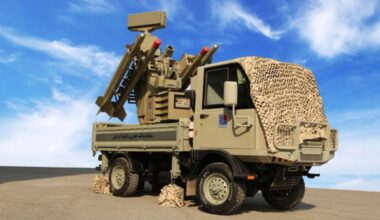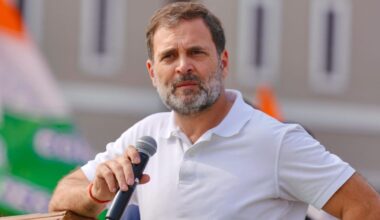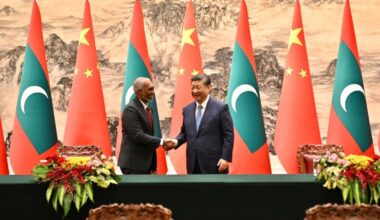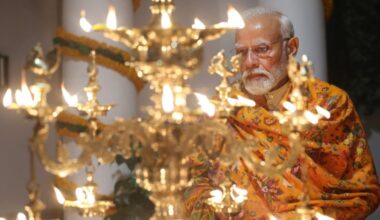India, often referred to as the world’s largest democracy, holds a distinctive place in the global political landscape, especially during its General Elections. With a population that spans diverse cultures, languages, and regions, the electoral process in India is a massive and complex affair. In this article, we will delve into the unique aspects of Indian General Elections that set them apart and make them a fascinating spectacle in the democratic world.
The Magnitude: The World’s Largest Democracy in Action
The sheer scale of Indian General Elections is staggering. With a population exceeding 1.3 billion people, India conducts elections on an unparalleled scale. The diversity in demographics, languages, and cultures adds layers of complexity to the electoral process, making it a truly massive democratic undertaking.
Election Commission of India: Ensuring Fairness and Transparency
The Election Commission of India (ECI) plays a pivotal role in orchestrating the mammoth electoral process. An autonomous constitutional authority, the ECI ensures that elections are conducted fairly and transparently. Its commitment to upholding the democratic principles has earned it international acclaim.
Diverse Electorate: Reflecting the Nation’s Pluralism
India’s electorate is remarkably diverse, reflecting the country’s rich tapestry of languages, religions, and cultures. The electorate includes people from urban and rural areas, various socioeconomic backgrounds, and a multitude of ethnicities. This diversity ensures that political parties must address a wide range of issues to appeal to this complex voter base.
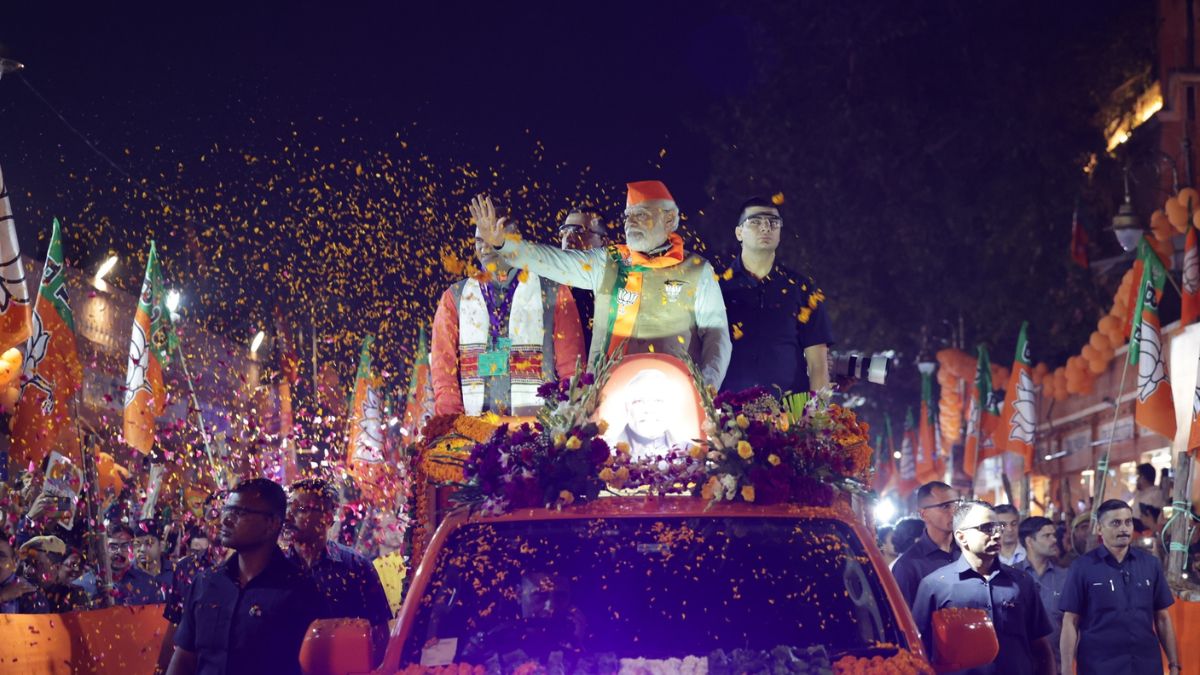
Multi-Phase Elections: A Prolonged Democratic Process
Indian General Elections are not a one-day affair. Due to the vast geographical expanse and the diverse electorate, elections are often conducted in multiple phases. This multi-phase approach allows for the efficient deployment of security forces, the smooth handling of logistics, and increased voter turnout.
Electronic Voting Machines (EVMs): Technological Innovation in Voting
India has embraced technology in its voting process through the use of Electronic Voting Machines (EVMs). These machines have replaced traditional paper ballots, providing a more efficient and quicker method of counting votes. EVMs contribute to reducing fraud and errors in the electoral process.
Political Parties and Alliances: A Complex Political Landscape
India’s political landscape is marked by a plethora of political parties, ranging from national giants to regional players. The formation of alliances among these parties adds an extra layer of complexity to the electoral dynamics. Coalitions and alliances play a crucial role in determining the political landscape post-election.
Lavish Election Campaigns: A Festival of Democracy
Indian elections are not just about casting votes; they are grand festivals of democracy. Political parties engage in elaborate and often extravagant election campaigns that include rallies, roadshows, and speeches. The vibrancy of these campaigns adds a unique flavor to the democratic process, turning it into a nationwide spectacle.
Symbolic Representation: Election Symbols and Identities
In Indian elections, political parties are assigned symbols that serve as their unique identifiers on the ballot paper. These symbols often have cultural or regional significance and are crucial for voters who may be illiterate. Recognizing symbols facilitates an inclusive voting process.
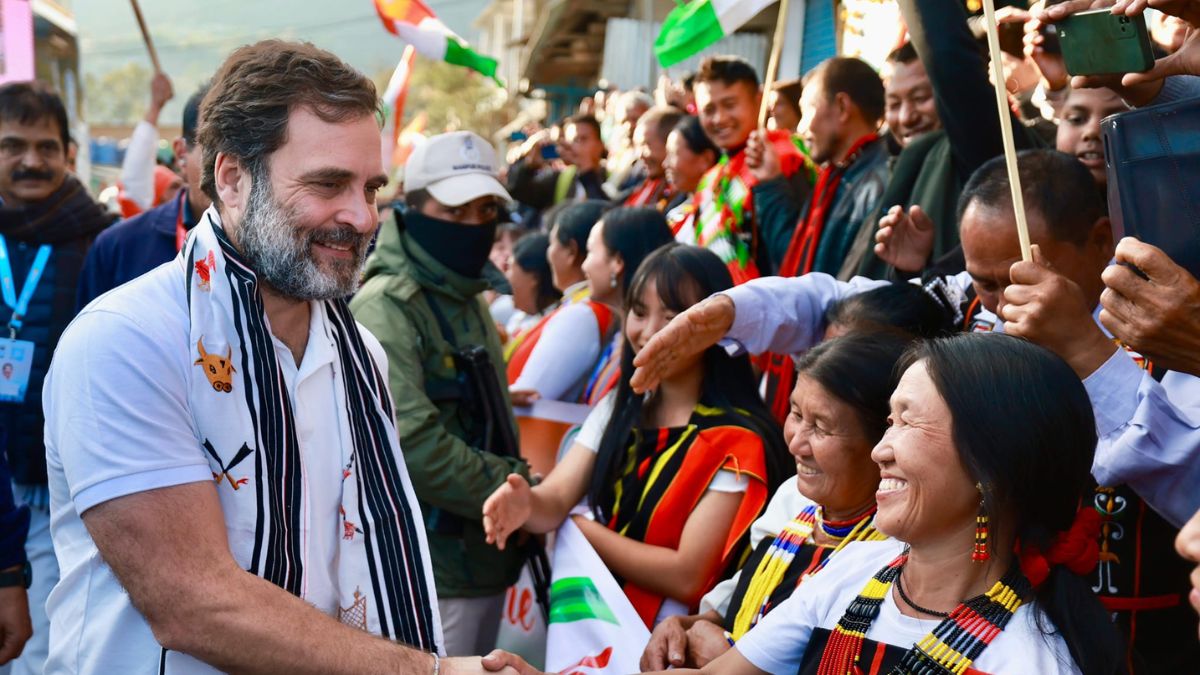
Women’s Participation: Striving for Gender Equality
Indian General Elections strive to enhance women’s participation in the democratic process. Special provisions, such as reserved seats for women in local bodies, aim to address historical gender disparities. Despite challenges, there is a growing recognition of the importance of women in shaping the nation’s political landscape.
Democracy in Every Nook and Corner: Remote Voting Booths
India’s commitment to ensuring every eligible citizen can cast their vote is exemplified by the establishment of remote voting booths in some of the most inaccessible and remote regions. This initiative ensures that even citizens in the farthest corners of the country have the opportunity to exercise their democratic right.
The Indian General Elections stand as a testament to the strength and vibrancy of the world’s largest democracy. From the diverse electorate to the multi-phase voting process, technological innovations, and elaborate election campaigns, every facet of the Indian electoral system reflects the nation’s commitment to democratic ideals. As India continues to evolve, so too will its electoral process, maintaining its position as a unique and dynamic force in the global democratic landscape. The grand spectacle of Indian elections is not just a national event; it is a celebration of democracy that captivates the world’s attention every time the nation goes to the polls.




